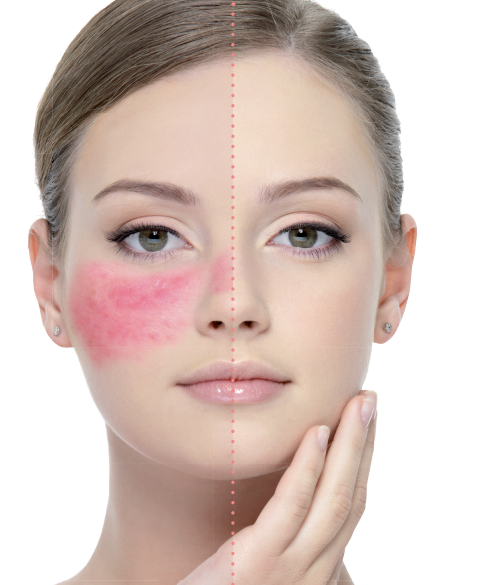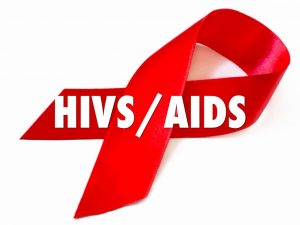
Rosacea is a persistent redness that occurs in the central part of the face. Flow of blood increases to the skin surface in this condition. Swelling occurs in the small blood vessels on the cheeks and nose which is visible. The swollen red bumps have resemblance to pimples and acne. At times pus fills inside the bumps and the skin may feel tender and hot. Reddened and swollen eyelids, irritation and dryness in the eyes are also experienced by people suffering from Rosacea. Eye symptoms of the disease may precede skin symptoms in certain individuals. Skin on the nose may thicken and the nose may seem enlarged, but in rare cases. The nose gets a bulbous appearance in men as compared to women who suffer from Rosacea. Women, smokers, individuals over 30 years of age, people with sun damaged and fair skin and those having a family history of Rosacea are more likely to get the disease.
Causes of Rosascea are not known. However it could occur due to a combination of environmental and hereditary factors. Poor hygiene does not cause Rosacea. Other factors that could trigger Rosacea include exercise, spicy and hot drinks, emotions, wind or sunlight, cosmetics, extreme temperatures, alcohol, particular medications for blood pressure and drugs that could cause blood vessels to dilate.
Complications do occur but in some rare and severe cases. The sebaceous glands in the cheeks and nose get enlarged causing tissue buildup around and on the nose. It takes a period of years for such a complication to develop more commonly in men.
A dermatologist or skin specialist must be contacted if persistent redness is experienced on the face. The specialist then conducts diagnosis and provides proper treatment. As part of diagnosis the skin is physically examined by the doctor. The specialist also checks out history of symptoms and in some cases the person has to undergo tests to rule out the condition. Otherwise there is no specific test for Rosacea. The doctor may refer the patient to an ophthalmologist, in case the eyes are involved.
Treatment duration depends upon severity and type of symptoms. It is common for Rosacea to occur again. Prescription drugs like Brimonidine are effective in reducing redness. The gel constricts blood vessels and regular application is necessary if improvements are to be seen. Metronidazole and Azelaic Acid are other topical products that can help reduce pimples and redness as well. To treat severe to moderate Rosacea, oral antibiotics like Doxycycline, Minocycline and Tetracycline are also given. In severe cases Isotretinoin, a powerful oral acne drug may also be given by the doctor.
Electrosurgery and Intense Pulsed Light Therapy is given to treat visible red and enlarged blood vessels. Alternative medication like a daily gentle facial massage in circular motions to reduce inflammation and swelling and alternative therapies including oregano oil, laurelwood, emu oil and colloidal silver are also practiced by people.








